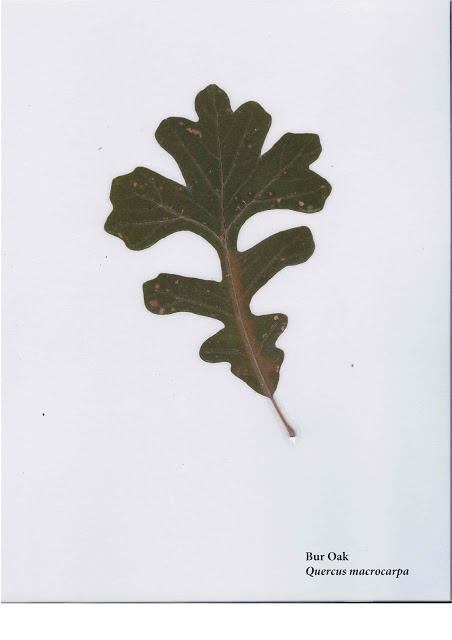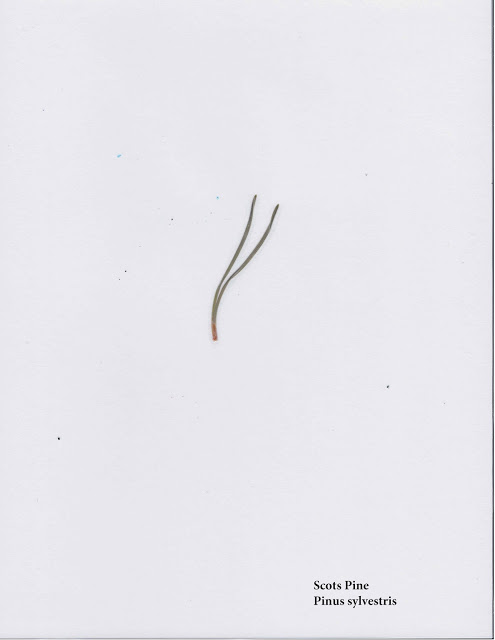
There’s no time like the present to learn something new.
Central Michigan is home to dozens of different tree and shrub species. For a novice in tree identification the variety can be overwhelming. If you don’t know a pine from an oak from a hickory how do you begin?
One thing that makes identification easier is the ability to divide (or classify) the species into different groups based on shared characteristics. One of the simplest steps is to learn how to differentiate between needle-leaf and broadleaf species; then you can learn how to tell the difference between simple leaves and compound leaves.
If you are scratching your head right now, it’s actually quite easy. A needle-leaf tree has leaves shaped like…wait for it… a needle! Think of trees like pines and spruces. The Northern White Cedar (Thuja occidentalis) and junipers are also classified as a needle-leaf trees, but their leaves take the form of overlapping scales (sort of like fish scales) instead of needles.
Most of the needle-leaf species are also evergreen; they keep their leaves year round. (There is one major exception to needle-leaf trees being evergreen; the Tamarack (Larix laricina) loses its needles each fall.)
A broadleaf tree is any tree that is not a needle-leaf. Instead, a broadleaf tree has broad (or wide) leaves.
Broadleaf trees can be further divided into simple leaves and compound leaves.
Simple leaves are those that have one leaf on one stem. The shape and size of the leaf do not matter; if the leaf has only one part it is a simple leaf. That leaf can have smooth edges, serrated (toothed) edges, or edges that are divided into lobes (think of the way your ear lobe sticks off your ear). See, it’s simple!
In contrast, compound leaves are not simple. Instead of having one leaf on one stem, compound leaves have one stem with multiple leaflets. These small leaflets are each distinct from one another – meaning that they are not connected to each other, but only to the stem that they share. Compound leaves can even be double compounded, with each division further divided into even smaller leaflets. A good example being the Honey Locust (Gleditsia triacanthos).
Below are the leaves of forty species of trees/shrubs that can be found in Central Michigan. Most of these species can be found on one or more Chippewa Watershed Conservancy preserve. Can you classify these leaves by type? The answers are at the bottom of the page!








































Answers:
American Basswood – simple broadleaf
American Beech – simple broadleaf
American Bladdernut – compound broadleaf
American Hornbeam – simple broadleaf
Balsam Fir – needle-leaf
Bigtooth Aspen – simple broadleaf
Bitternut Hickory – compound broadleaf
Black Cherry – simple broadleaf
Black Locust – simple broadleaf
Black Maple – simple lobed broadleaf
Boxelder – compound broadleaf
Bur Oak – simple lobed broadleaf
Butternut – compound broadleaf
Chinquapin Oak – simple broadleaf
Eastern Cottonwood – simple broadleaf
Eastern White Pine – needle-leaf (always in bunches of five)
Green Ash – compound broadleaf
Honey Locust – (doubly) compound broadleaf
Mountain Maple – simple lobed broadleaf
Northern Pin Oak – simple lobed broadleaf
Northern White Cedar – compound needleleaf (the only compound needle-leaf on the list)
Pawpaw – simple broadleaf
Pignut Hickory – compound broadleaf
Prickly Ash – compound broadleaf
Quaking Aspen – simple broadleaf
Red Maple – simple lobed broadleaf
Red Oak – simple lobed broadleaf
Red Pine – needle-leaf (always in bunches of two)
Sassafras – simple lobed broadleaf
Scots Pine – needle-leaf (always in bunches of two)
Shagbark Hickory – compound broadleaf
Silver Maple – simple lobed broadleaf
Speckled Alder – simple broadleaf
Spicebush – simple broadleaf
Sugar Maple – simple lobed broadleaf
Swamp White Oak – simple broadleaf (rarely lobed)
Sycamore – simple lobed broadleaf
White Ash – compound lobed broadleaf
White Oak – simple lobed broadleaf
Witch-hazel – simple broadleaf

